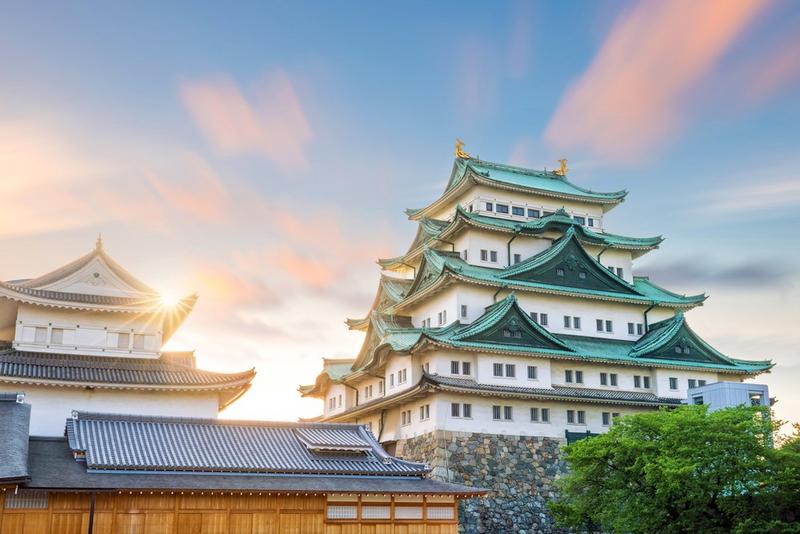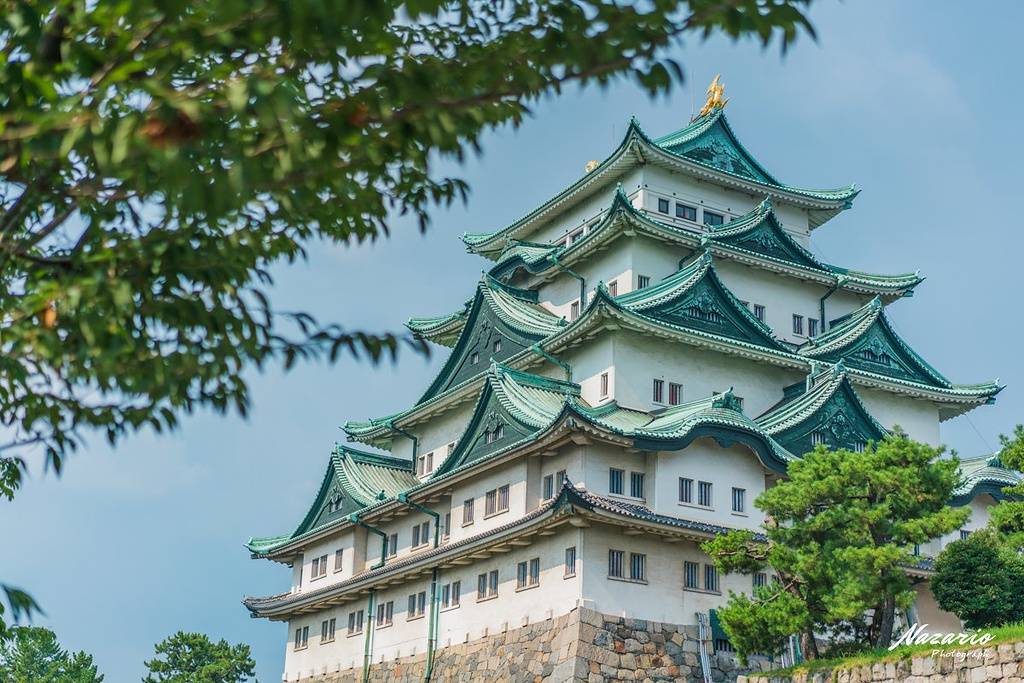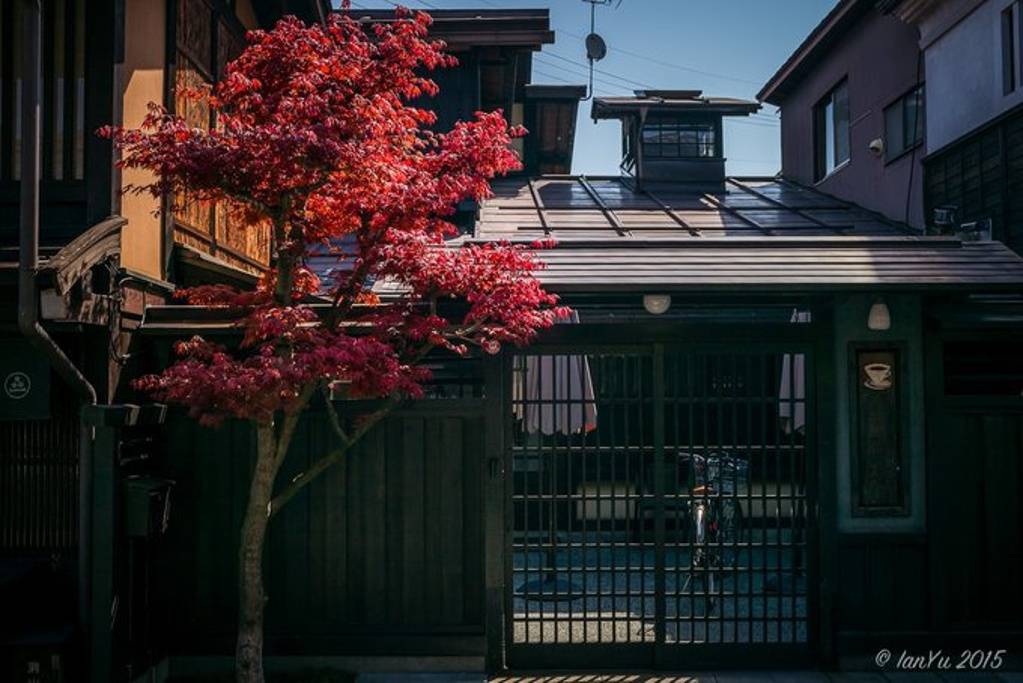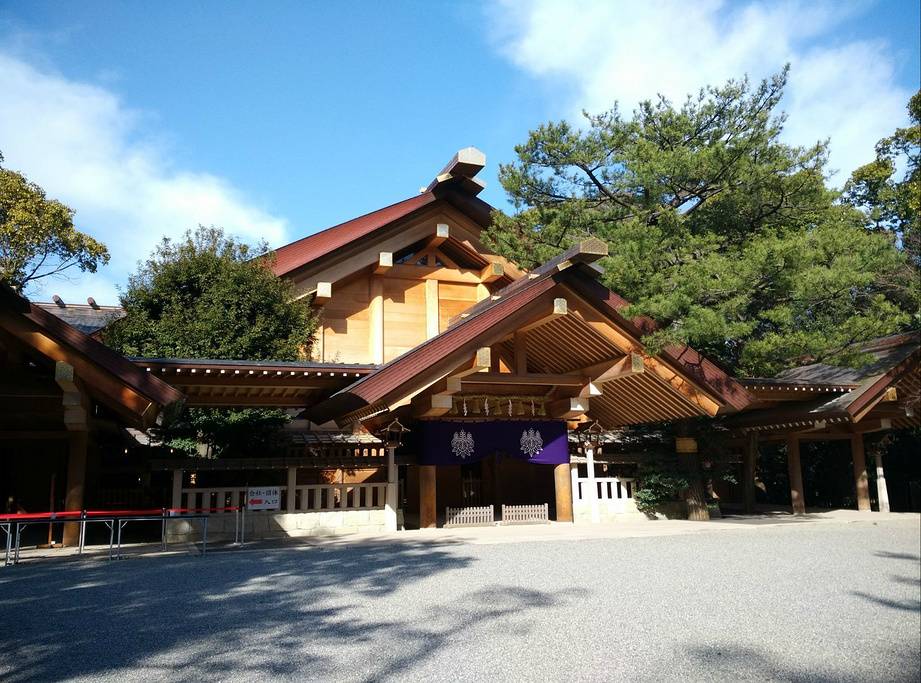Nagoya Castle
Located in Nagoya City, Aichi Prefecture, Japan, Nagoya Castle is ranked fourth among Japan's Top 100 Castles. Nagoya Castle is divided into several parts, with an elevator inside the main keep that allows visitors to view various historical artifacts, models, scenes, and games. During holidays, visitors can watch exciting performances by Sengoku period warriors at the Ninomaru Square of Nagoya Castle and take photos with actors dressed as warriors.
Shikemichi
The Shikemichi old district dates back to the 18th century and is a historical relic from the era of Japanese merchants. It preserves ancient warehouses, temples, and other buildings, allowing people to feel the charm of traditional Japanese culture. Visitors are recommended to stroll here to appreciate the local customs and traditions.
Tokugawa Garden
Tokugawa Garden is a Japanese strolling garden with a central pond, originally the residence of the second lord of the Owari Tokugawa family. Within the garden, there are many famous attractions such as Ryumon Waterfall, Meihou Creek, Ryusen Lake, Kansan Tower, Kosen Bridge, Shisui-an, and Zuiryu-tei. Especially Kansan Tower, which is an excellent choice for enjoying the garden's scenery. The tower also houses a restaurant and shops for the convenience of visitors. If tourists wish to visit the Tokugawa Art Museum and the Hosa Library as well, they can purchase a combined ticket. Although named an art museum, the Tokugawa Art Museum is comparable to a small museum.
Atsuta Shrine
Atsuta Shrine is one of Japan's oldest shrines, said to have been built in the 2nd century AD, with a history spanning 1900 years. The main hall of Atsuta Shrine enshrines five deities: Takehaya Susanoo-no-Mikoto, Miyazuhime-no-Mikoto, Amaterasu Omikami, Susanoo-no-Mikoto, and Owari-no-Mikoto. The shrine has been highly regarded by successive Japanese governments and holds a revered status among the people. Various political factions that once ruled Japan have shown their respect for Atsuta Shrine in different ways, including major renovations by notable figures such as Toyotomi Hideyoshi and Tokugawa Ieyasu.
Osu Kannon
Osu Kannon is one of Japan's famous Kannon temples, also known as Shinpuku-ji, with its official name being 'Kitanozan Shinpuku-ji Houshouin'. The temple houses a collection of 15,000 ancient books, including a copy of the Kojiki, earning it the reputation of being one of Japan's three major sutra repositories. Originally located in the Osu area of Gifu, the entire temple was relocated to its current location after Tokugawa Ieyasu built Nagoya Castle in 1612. With the relocation of the temple, the surrounding town of Monzen-machi gradually became bustling, and it has now developed into a shopping district. Therefore, Osu Kannon Temple is an important starting point for the development of the Osu shopping street and is a beloved tourist attraction.













